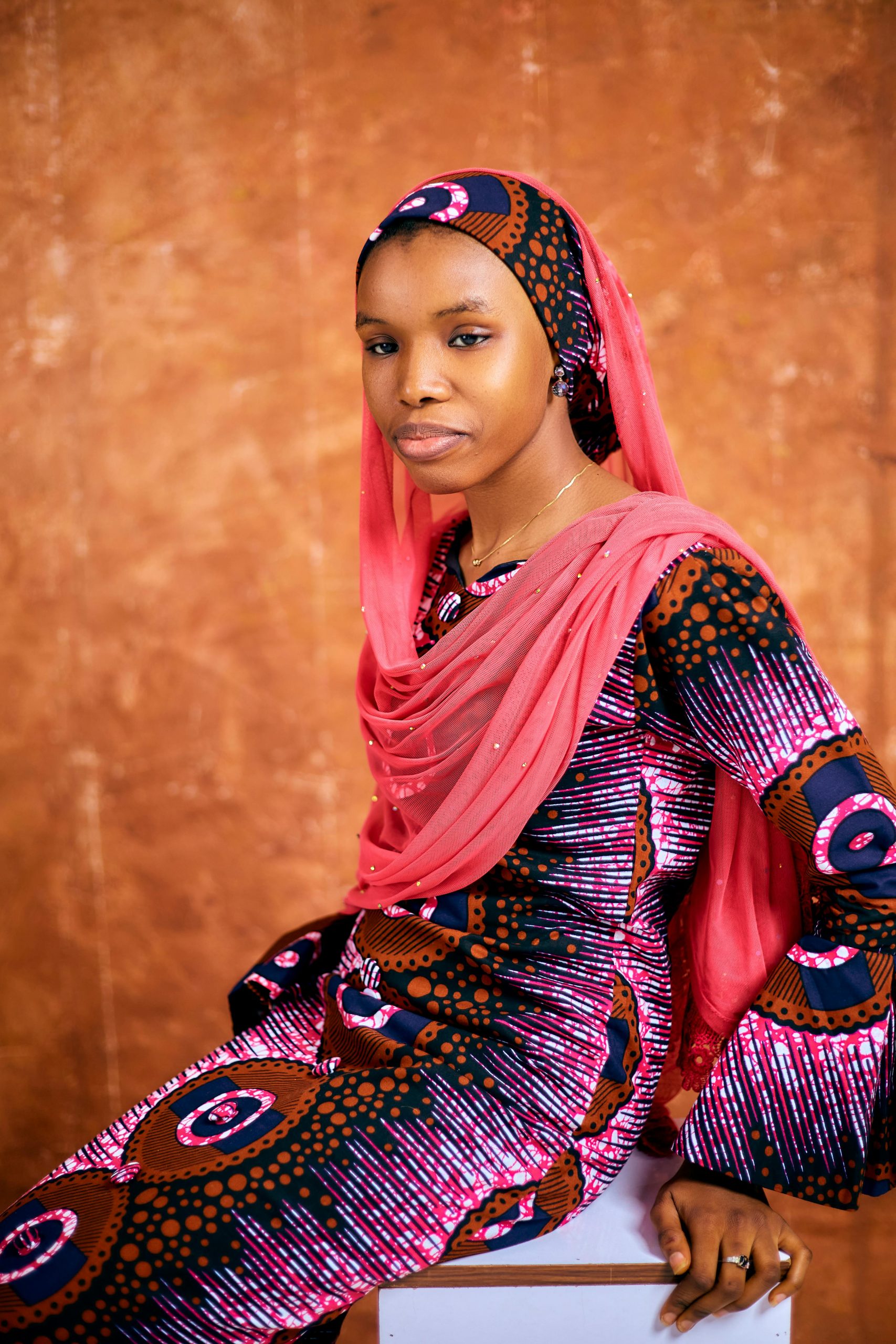Aztec clothing offers a rich blend of artistry and social symbolism, reflecting status, gender, and tradition. Each garment—from the embroidered huīpīlli blouse to the prestigious xiuhtlulpill hip cloth—tells a story of culture and craftsmanship. Understanding these styles reveals how fabric shaped identity and hierarchy in Aztec society, inspiring today’s unique fashion interpretations.
Overview of Traditional Aztec Clothing and Its Cultural Significance
Aztec Shop offers a vivid glimpse into the rich history and symbolism of Aztec garments. Aztec clothing reflected social standing, ritual importance, and gender roles, with distinct garments like the maxtlatl, tilmahtli, and ceremonial attire. The materials used, primarily indigenous fibers such as cotton, maguey, feathers, and shells, carried social and spiritual significance.
In parallel : Strength and style: the allure of the gun charm
Clothing formations, from simple loincloths for commoners to elaborate feathered mantles for elites, showcased hierarchical distinctions. Colors and motifs conveyed meanings—turquoise symbolized power, while geometric patterns expressed cosmological beliefs. Jewelry and elaborate headdresses further expressed status, especially during festivals and battles.
Today’s adaptations are inspired by these traditions, blending comfort with vibrant cultural motifs. For an authentic experience, explore the unique styles on the Aztec Shop page, which captures the essence of Aztec textile artistry and symbolism in contemporary fashion.
Also read : How Can UK Women Enhance Their Fashion Shopping Experience?
Elements of Aztec Clothing: Materials, Techniques, and Symbolism
Fibers and Fabrics Used in Aztec Attire
Traditional Aztec garments relied heavily on agave (maguey) fiber and cotton, each reflecting a distinct social message. Everyday clothing for commoners comprised fabrics woven from agave fiber, which was spun into thread and crafted on simple looms—this material was valued for its availability and durability. For the elite, only the finest cotton, sometimes interwoven with feathers or rabbit fur, signaled elevated status and privilege. This contrast in Aztec clothing materials and fabrics was mandated by sumptuary laws, showing the cultural significance of Aztec attire and reinforcing social divisions.
Weaving and Dyeing Techniques of Aztec Artisans
Weaving techniques used by Aztec artisans were typically learned at home from an early age, especially by girls. The intricate process combined ancient Mesoamerican fashion sensibilities with technical skill: backstrap looms, narrow enough to be transported easily, produced cloth both functional and ornate. Natural dyes in Aztec fabric production, sourced from plants and insects, delivered vibrant reds, blues, and yellows—essential for indigenous textile patterns and ceremonial dress of the Aztecs.
Symbolic Patterns, Colors, and Motifs in Aztec Textiles
Symbolism in Aztec dress emerged through color symbolism in Aztec textiles and geometric motifs. Ceremonial dress of the Aztecs often displayed animal, plant, or mythological themes, emphasizing the deep connection between clothing and identity. Patterns marked social role, occupation, or achievements, while Aztec textiles in archaeological discoveries occasionally depict turquoise, gold, and feathers, reaffirming the cultural and spiritual weight carried by each garment.
Social Hierarchy and Gender in Aztec Clothing Styles
Distinctions Between Commoner and Elite Clothing
Traditional Aztec garments history reveals pronounced class distinctions in dress. Elite attire commonly featured cotton and rich ornamentation, while commoners wore maguey fiber. Cultural significance of Aztec attire is embedded in the regulation of materials—sumptuary laws restricted certain textiles and adornments to privileged classes. Aztec clothing materials and fabrics, especially cotton, were vital status markers and reserved for the elite. Ornamentation like feathers, gold, or jade indicated rank, and only nobles wore garments such as the xiuhtlulpill or decorated tilmatli.
Women’s Traditional Outfits and Ceremonial Attire
Women’s traditional Aztec outfits included the huīpīlli blouse and cuēitl skirt. Fiber selection, like fine cotton, signaled status. Ceremonial dress of the Aztecs for women could involve embroidery or turquoise in ceremonial contexts, tying into broader symbolism in Aztec dress. Notably, weaving techniques used by Aztec artisans were predominantly women’s domain, illustrating gender differences in Aztec apparel as well as the cultural significance of Aztec attire.
Men’s Clothing, Battle Regalia, and Warrior Dress
Men’s historic Aztec apparel centered on the maxtlatl loincloth and tilmahtli cloak. High-status men displayed privilege by wearing elaborate tilmatli, precious stone jewelry, and vibrant colors. Aztec warrior clothing and armor included the tlahuiztli battle suit and feathered Ehuatl, marking achievements. Aztec clothing materials and fabrics like animal hide and decorated cotton differentiated ordinary soldiers from elite warriors, maintaining the social order rooted in ancient Mesoamerican fashion.
Contemporary Influence and Preservation of Aztec Textile Heritage
Modern Reinterpretations of Aztec Patterns and Motifs
Modern adaptations of Aztec designs thrive in contemporary collections, where vibrant indigenous textile patterns and geometric motifs are reimagined for today’s fashion. Aztec-inspired contemporary clothing lines use natural materials like cotton and linen, echoing ancient Mesoamerican fashion while offering fresh silhouettes. These collections draw directly from traditional Aztec garments history, especially elements like bold color symbolism in Aztec textiles and the distinctive use of angular repetition found in ceremonial dress of the Aztecs.
Cultural Respect and Ethical Use of Aztec Designs
The cultural significance of Aztec attire requires careful, ethical consideration when incorporating these motifs into mainstream fashion. Designers are increasingly aware of cultural appropriation and respectful use of Aztec patterns. The symbolism in Aztec dress, including the powerful meanings of animals and geometric forms, is preserved through collaboration with indigenous communities. This supports the preservation of Aztec textile heritage and ensures that modern adaptations respect the deep-rooted context of Aztec clothing materials and fabrics.
Sourcing and Recognizing Authentic Aztec-Style Clothing and Artifacts
For those seeking genuine Aztec-inspired pieces, handmade Aztec textile products and accessories remain essential. To differentiate authentic items from imitations, attention to weaving techniques used by Aztec artisans, use of natural dyes in Aztec fabric production, and traditional motifs is crucial. Supporting Aztec-inspired contemporary clothing lines that prioritize ethical sourcing directly contributes to the ongoing preservation of Aztec textile heritage.







